A concrete folly by Mexican studio Tezontle brings new life to a Havana plaza
Imagined as an extension of the Cuban capital, the permanent sculpture has transcended its role as a public art installation
Molly Mandell

Lucas Cantu and Carlos Matos, the duo behind the Mexico City-based art and architecture studio Tezontle, were the first foreign invitees to arrive in Havana for this year’s Biennial. They were also the last to leave. In fact, their large-scale sculpture, titled Tenaza, wasn’t yet erected on 12 May when the arts event officially came to an end.
Cantu and Matos had originally designed Tenaza as a site-specific work that would sit in between the ocean and the Malécon, a public promenade along the waterfront. ‘We imagined it as an extension of Havana,’ reflects Matos, ‘an extra pocket of space in a city that, for a long time, hasn’t seen a lot of development.’ When the final permit necessary proved impossible to acquire, the artists were forced to readjust. They ultimately settled on a nearby park in the Centro Habana neighbourhood.
Adaptability, they will tell you, is fundamental for executing a project of this scale in Cuba. Limited access to supplies, for example, led Cantu and Matos to source the unlikely. ‘We used probably ten cubic metres of residue material, cast inside the base, from crumbled houses,’ Matos says. ‘It’s a nice poetic gesture, but it was also a necessary one.’ In addition, they employed locally-sourced bamboo to create a formwork for the sculpture’s foundation.
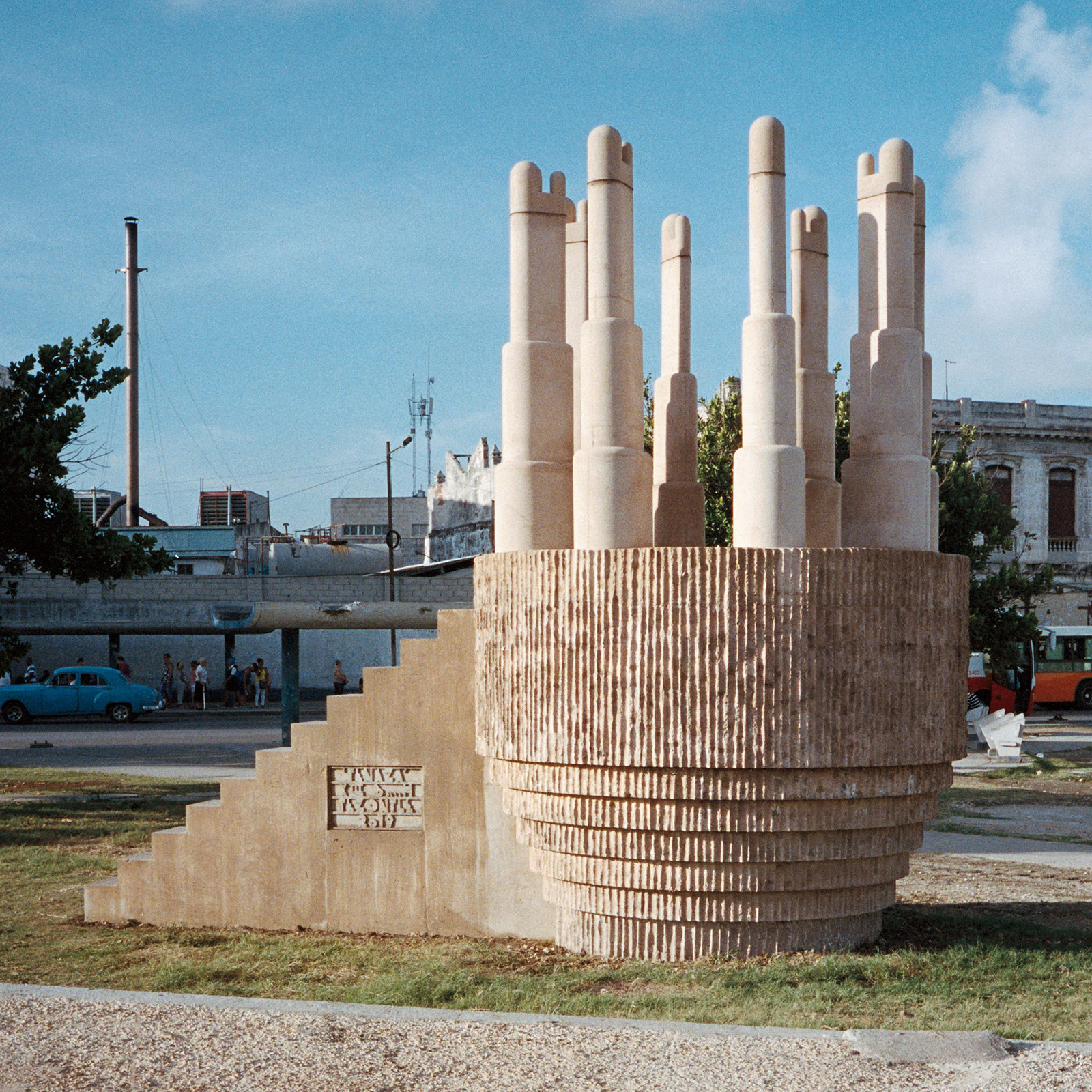
‘The struggle of building the piece became a part of it,’ explains Cantu, and fittingly, the only element of the work that was visible during the Biennial was its construction. For Cantu and Matos, however, timely completion was secondary to creating something that would leave a lasting impression. The artists were given a rare opportunity on the island: their work would be one of a handful of permanent installations by foreign artists. Though Cantu and Matos held an informal groundbreaking ceremony at the end of June, it will be officially inaugurated this coming autumn.
Tenaza’s cultural and historical significance doesn’t stop there. The piece, which measures 4m in diameter and 6m tall, is the first architectural use of an ecological concrete called LC3. Dr Fernando Martirena developed the material, the production of which pollutes 40 per cent less than its traditional counterpart by replacing clinker that comes from coal mining with an organic clay. Paired with forms inspired by the city’s art deco architecture, the concrete’s unique texture and colour allows it to blend seamlessly into its environment. ‘It’s a bizarre looking piece,’ Matos admits, ‘but I think that the people of Havana find it beautiful because they are already somehow familiar with its aesthetics.’
RELATED STORY
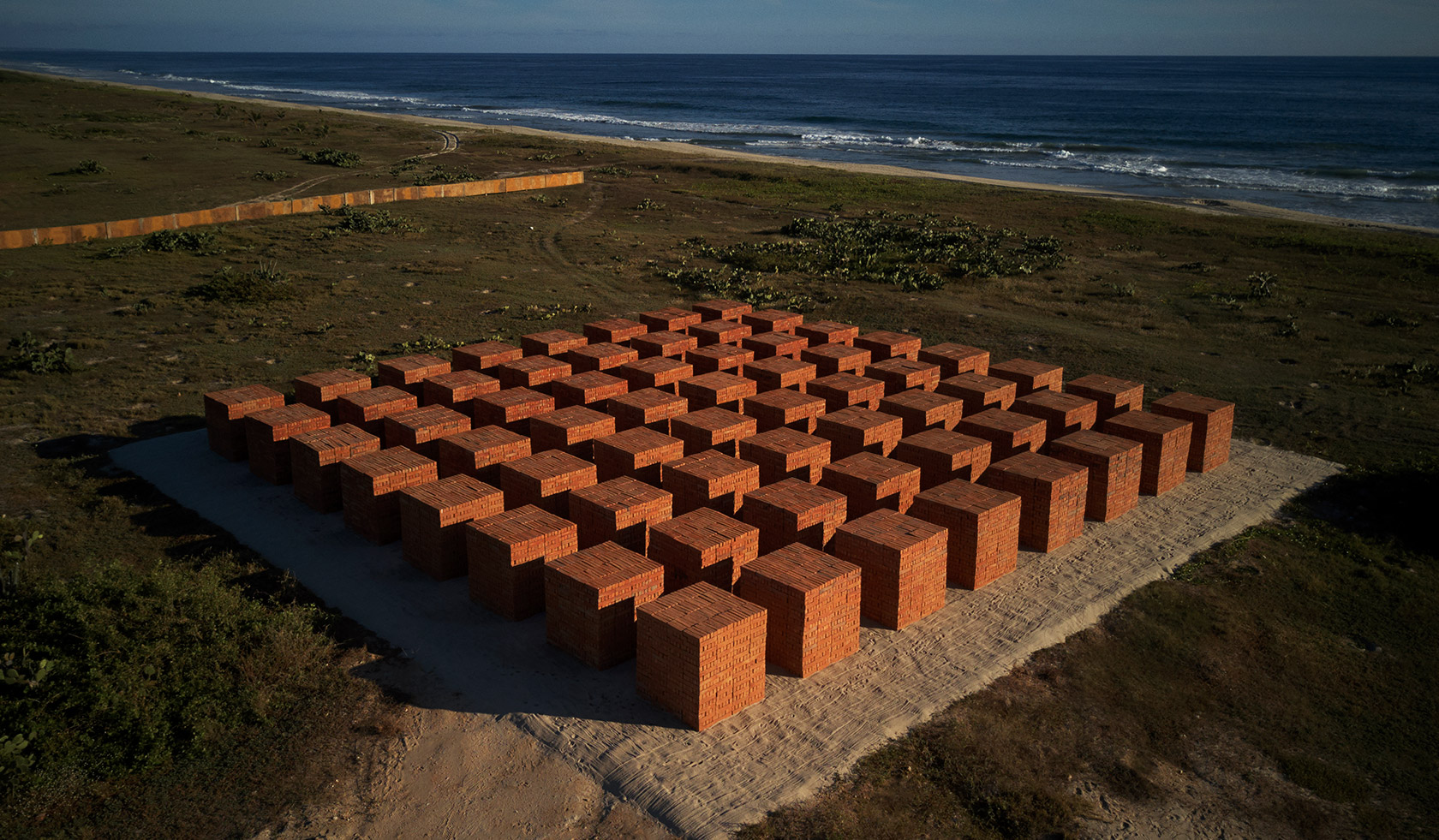
Ultimately, he says, ‘The most interesting thing is how the piece gets appropriated.’ Located in front of the Hermanos Ameijeiras Hospital and adjacent to the Malecón, the sculpture’s location is also home to a fried chicken stand and a busy bus stop. ‘It’s a very alive, raw part of the city,’ adds Cantu. ‘Thousands of people pass through it each day.’
Tenaza has quickly become a meeting place in the bustling plaza. ‘I think that we’re missing a lot of the more abstract architecture that can be just that,’ Matos says. The sculpture’s staircase leads to eight seats in a circular formation, which when used, naturally foster the feeling of being at a table and according to the artists, generate conversation.
Cantu and Matos otherwise leave Tenaza’s function up to its users. Cuban president Miguel Díaz-Canel gave it the official stamp of approval as a national monument and as such, the sculpture is now a formalised and permanent addition to the city. Since its completion, Tenaza has transcended its role as a public art installation – it is a play structure for neighbourhood children and a spot to drink rum, practice rituals from the local religion Santería and, in its shadow, escape from the intense Cuban sun. ‘It’s beginning to have a life of its own,’ Cantu muses.
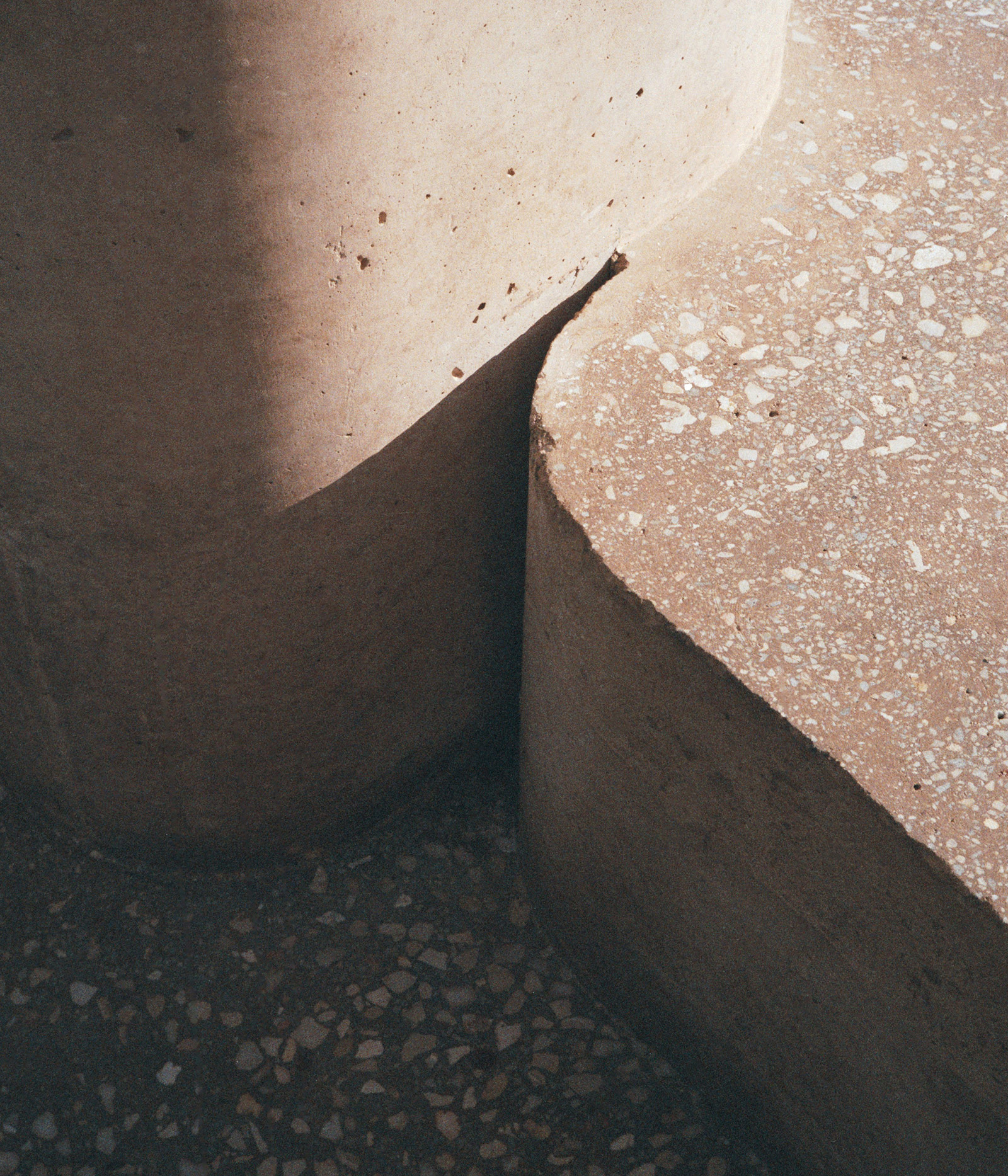
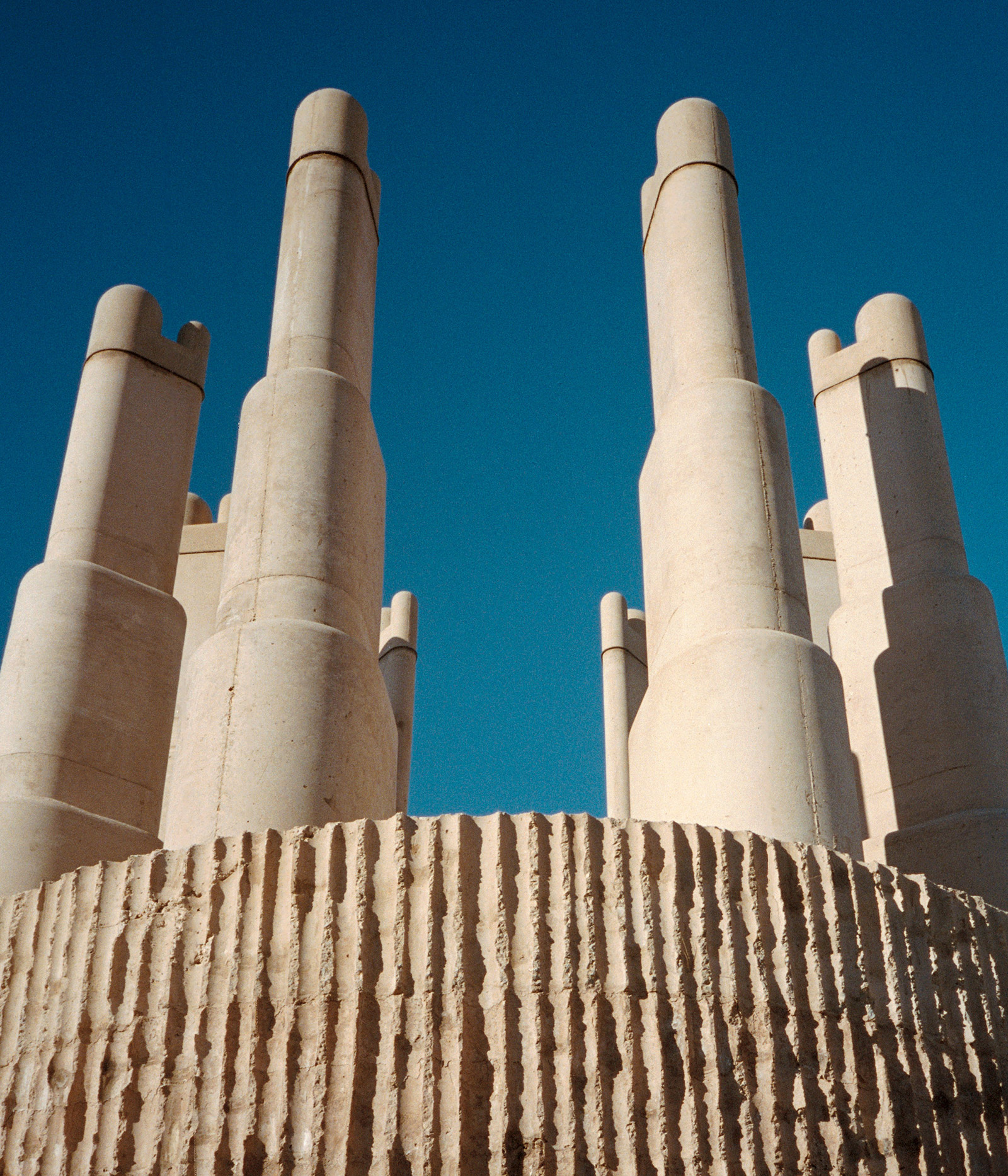
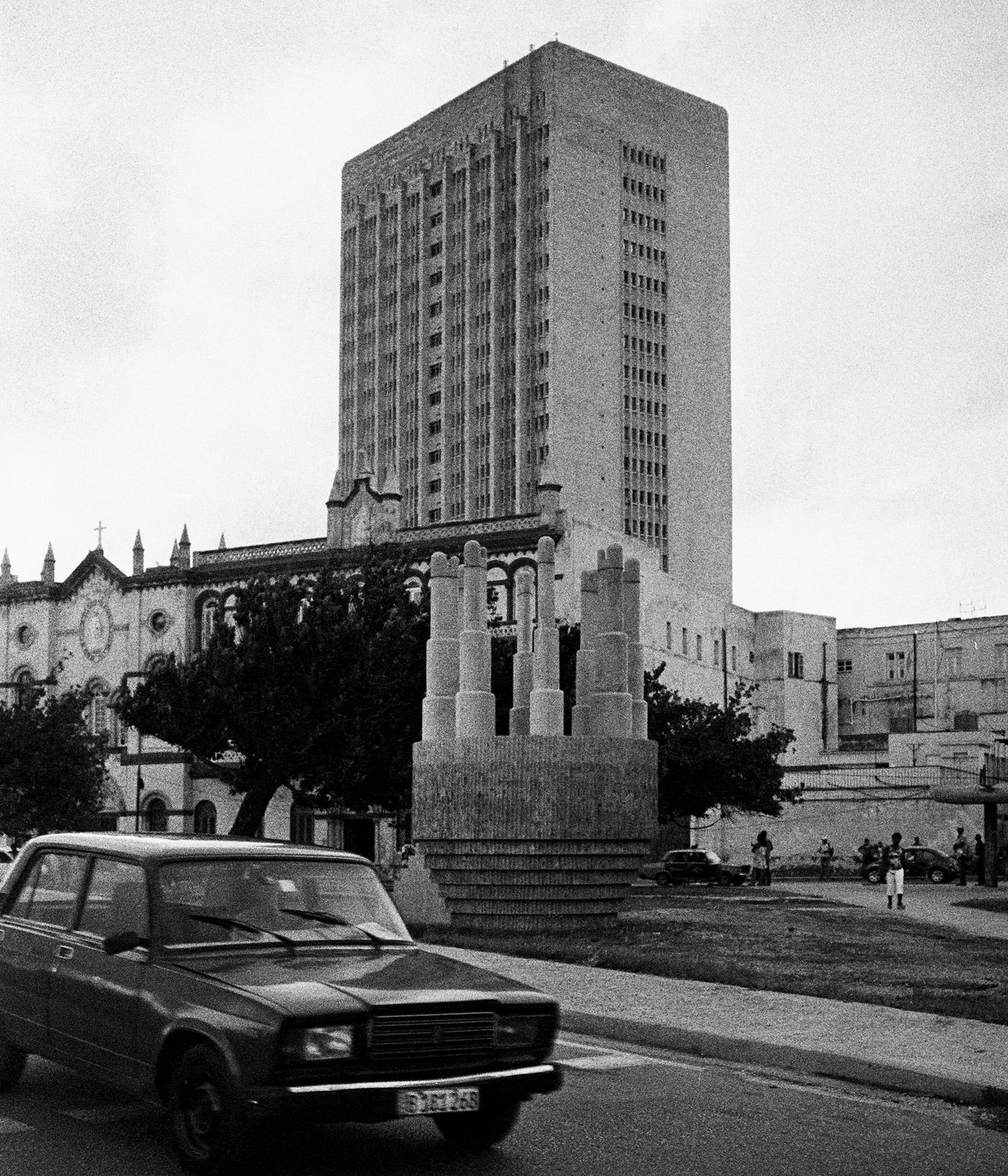
INFORMATION
@tezontle_studio
Receive our daily digest of inspiration, escapism and design stories from around the world direct to your inbox.
James Burke is an arts and culture writer and photographer based in Marfa, Texas. Together with Molly Mandell, he authored the 2018 book Made in Cuba and has contributed to the likes of The Los Angeles Times, Vogue Mexico and of course, Wallpaper*. Outside of editorial work, the duo is developing a multi-disciplinary residency program that provides a dedicated space to explore U.S.-Mexico border culture and the Chihuahuan desert through the lens of art, architecture, food, science and design.
-
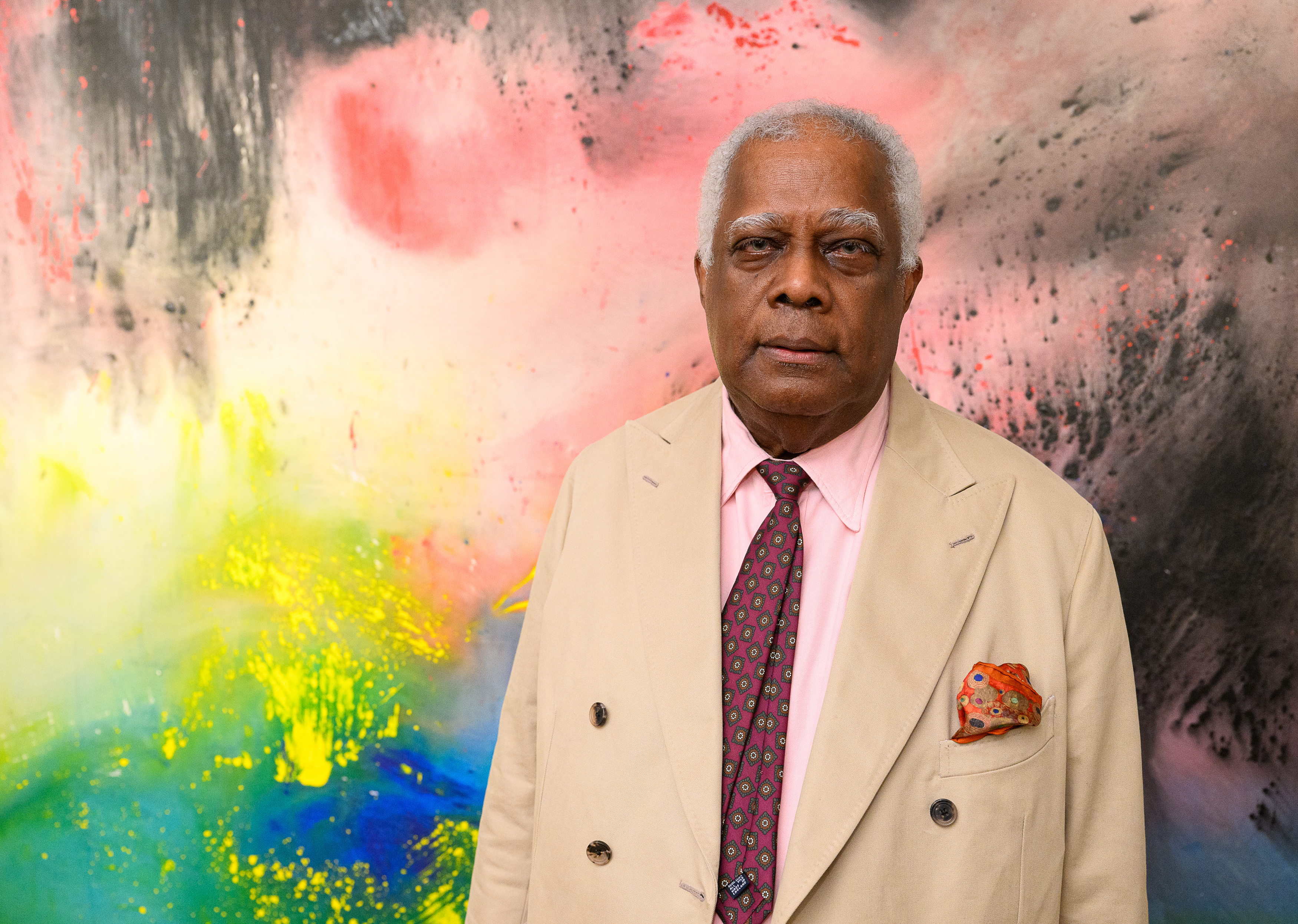 Winston Branch searches for colour and light in large-scale artworks in London
Winston Branch searches for colour and light in large-scale artworks in LondonWinston Branch returns to his roots in 'Out of the Calabash' at Goodman Gallery, London ,
-
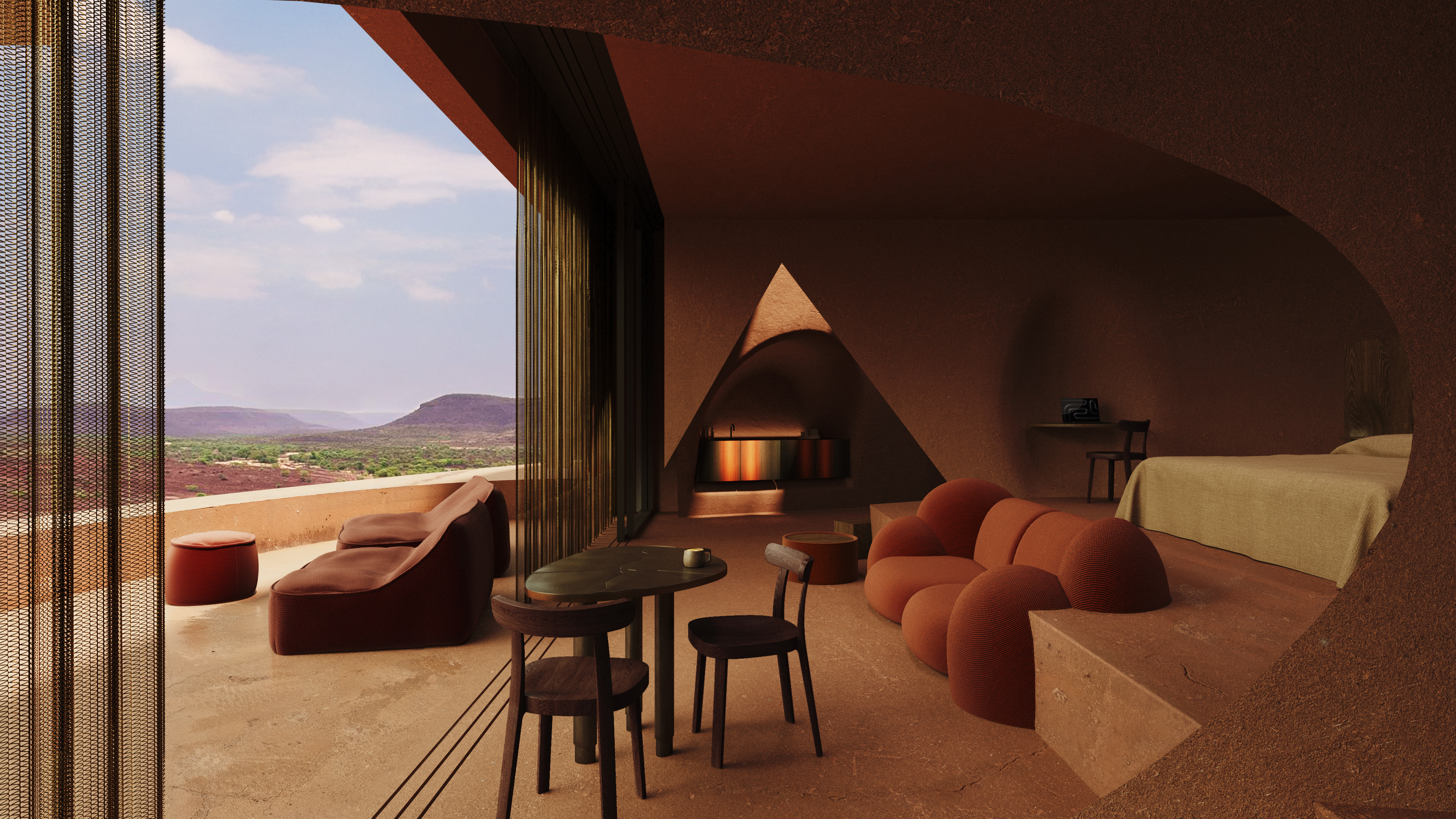 The most anticipated hotel openings of 2026
The most anticipated hotel openings of 2026From landmark restorations to remote retreats, these are the hotel debuts shaping the year ahead
-
 Is the future of beauty skincare you can wear? Sylva’s Tallulah Harlech thinks so
Is the future of beauty skincare you can wear? Sylva’s Tallulah Harlech thinks soThe stylist’s label, Sylva, comprises a tightly edited collection of pieces designed to complement the skin’s microbiome, made possible by rigorous technical innovation – something she thinks will be the future of both fashion and beauty
-
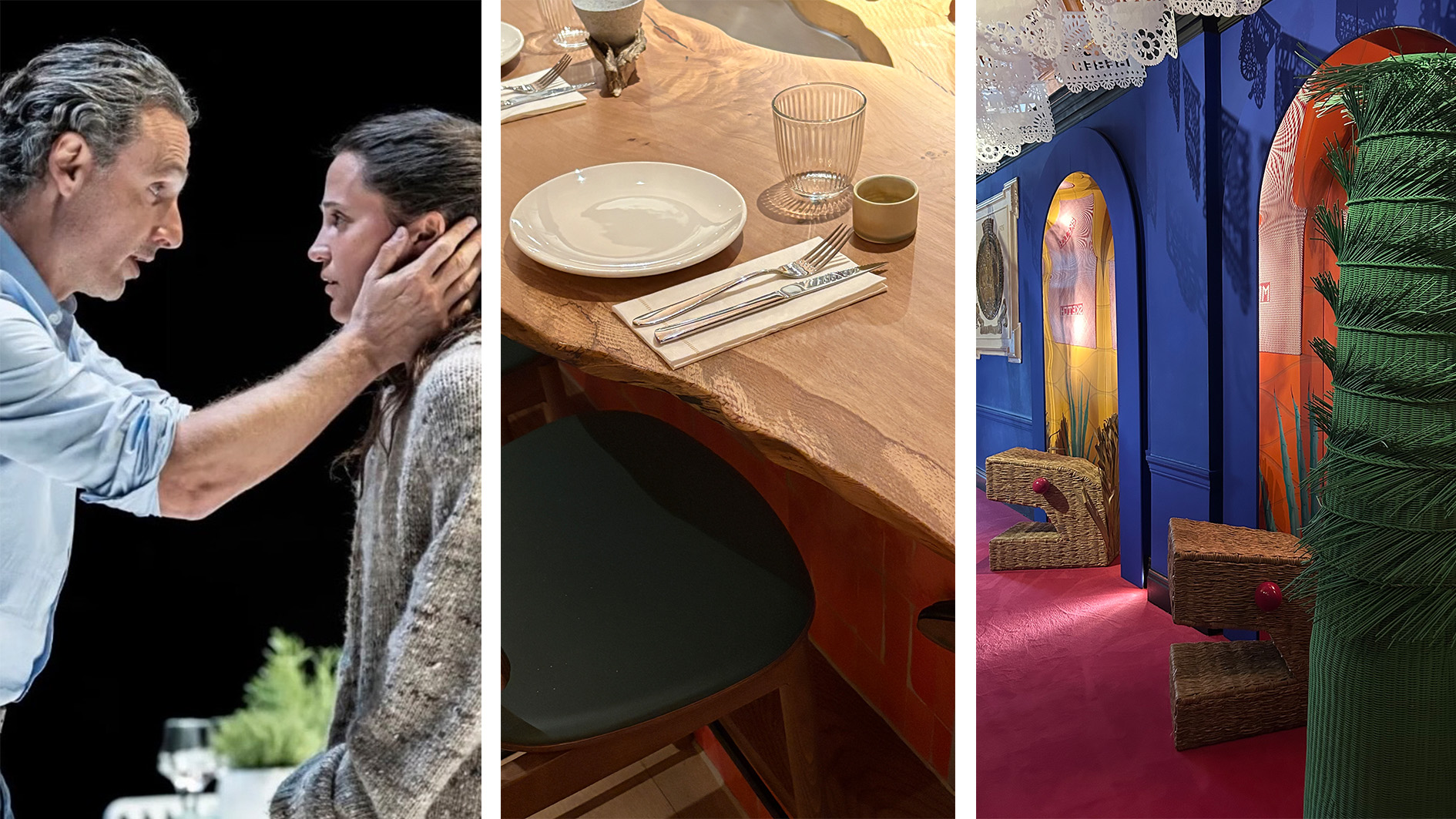 Out of office: the Wallpaper* editors’ picks of the week
Out of office: the Wallpaper* editors’ picks of the weekAnother week, another sweep of culture in the capital and beyond for the Wallpaper* team. This time: hidden book fairs, standout theatre, and a taste of the Mediterranean – from a Spanish showcase to seafood in the Portuguese archipelago
-
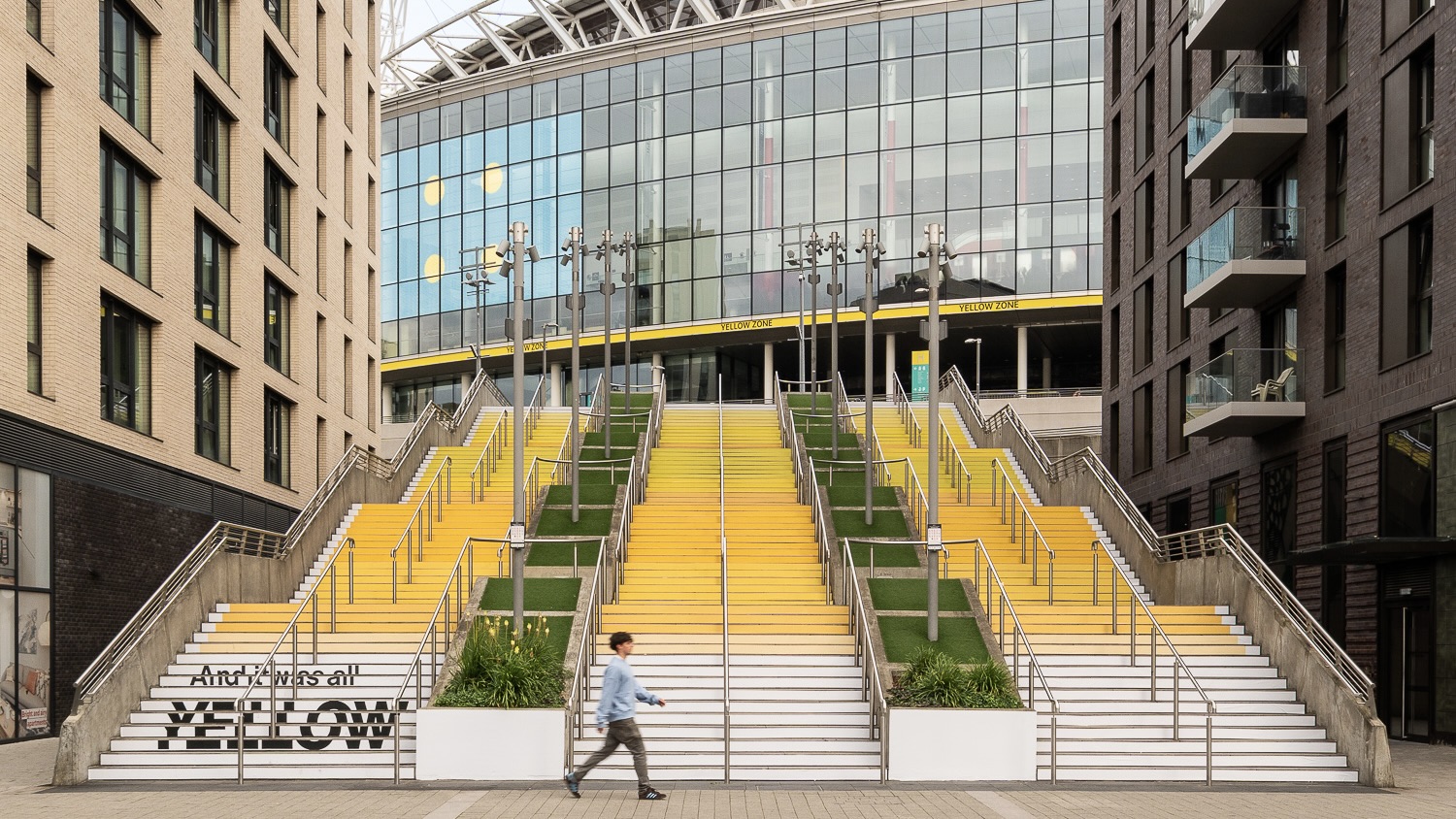 Pantone’s new public art installation is a tribute to Coldplay’s ‘Yellow’, 25 years after its release
Pantone’s new public art installation is a tribute to Coldplay’s ‘Yellow’, 25 years after its releaseThe colour company has created a – you guessed it – yellow colour swatch on some steps in Wembley Park, London, where the band will play ten shows this month
-
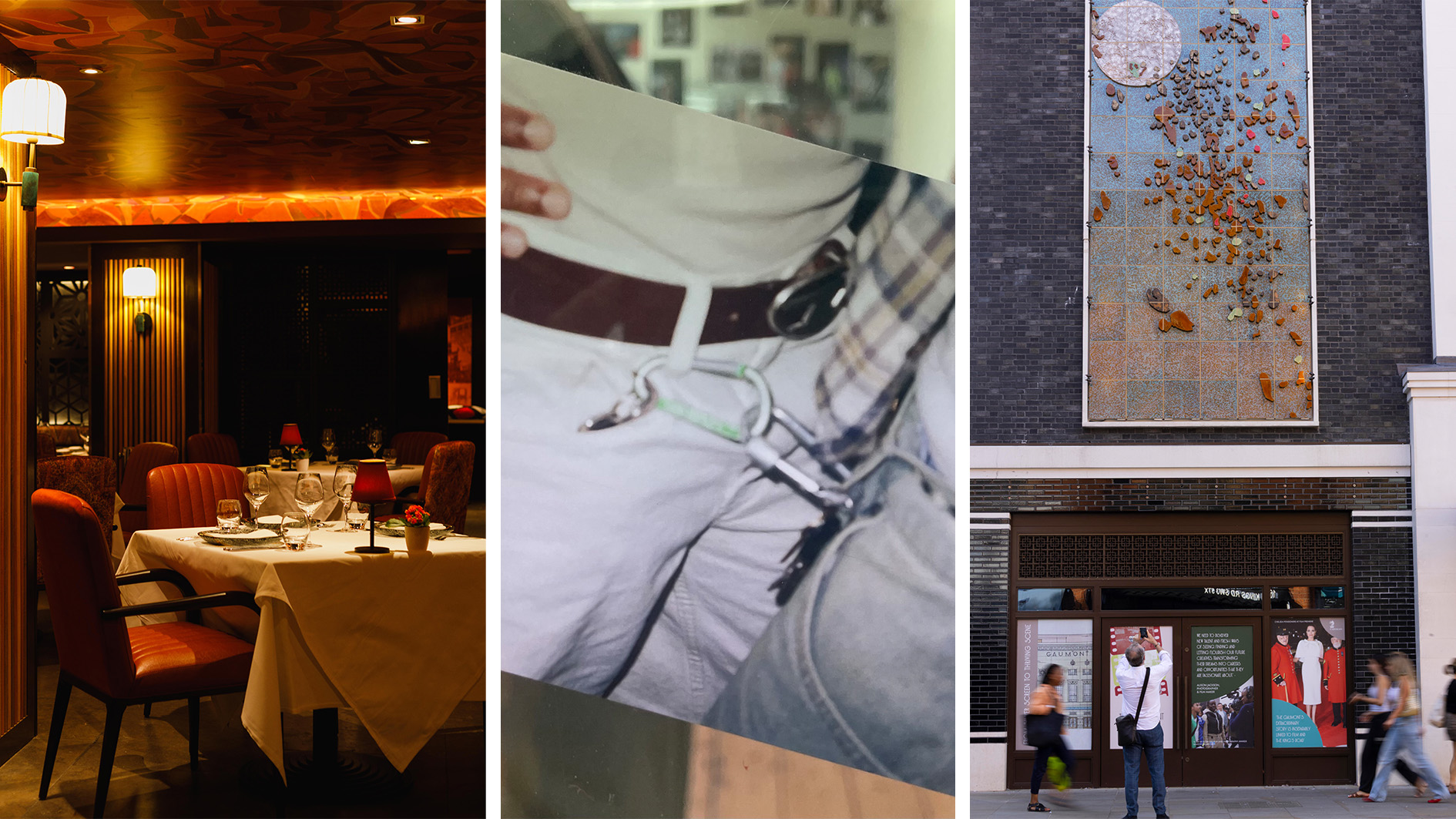 Out of office: the Wallpaper* editors’ picks of the week
Out of office: the Wallpaper* editors’ picks of the weekSummer holidays are here, with Wallpaper* editors jetting off to some exceptional destinations, including highly recommended Mérida in Mexico. Then it’s back to work, or, for one editor, back to school…
-
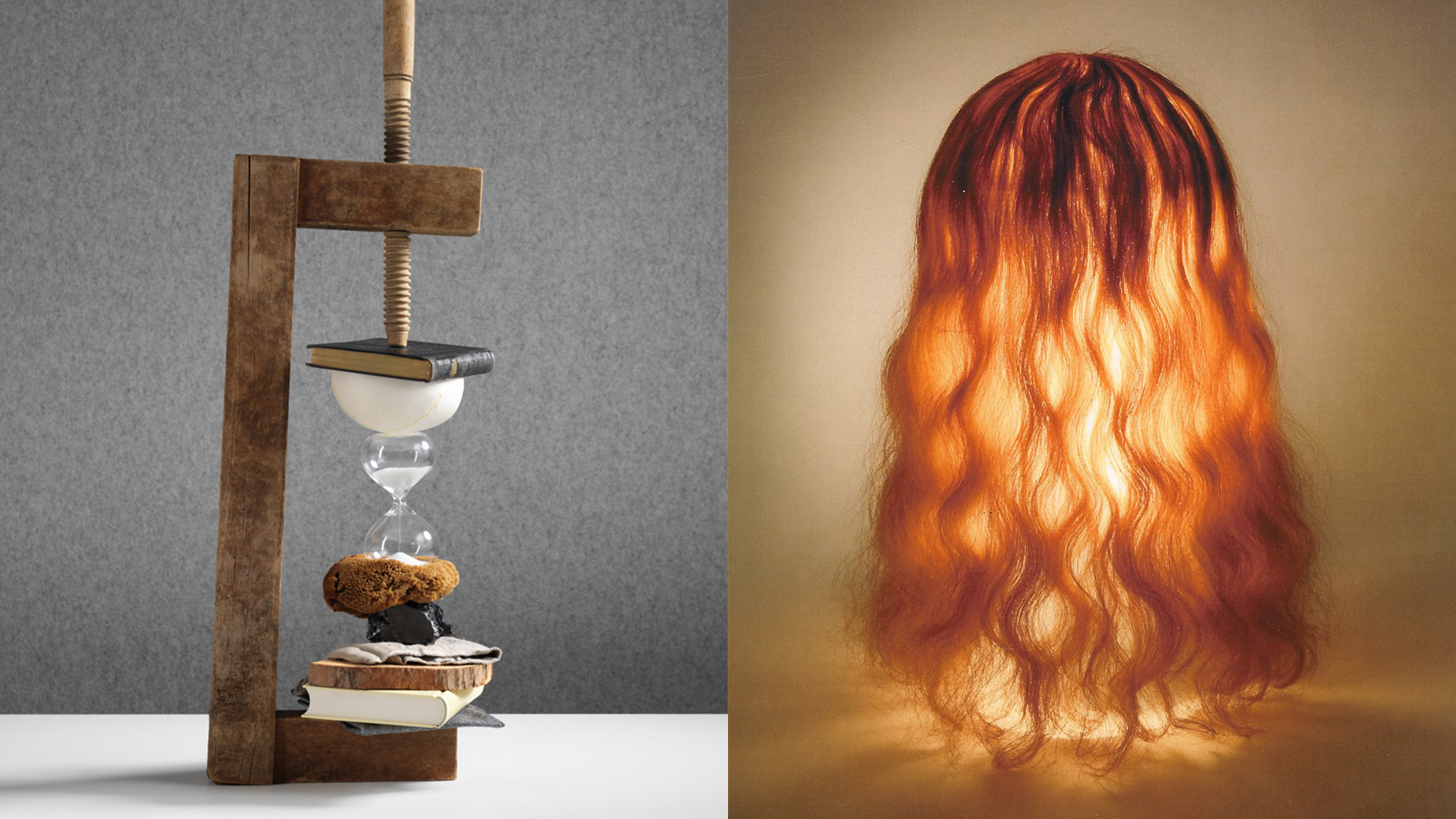 Rolf Sachs’ largest exhibition to date, ‘Be-rühren’, is a playful study of touch
Rolf Sachs’ largest exhibition to date, ‘Be-rühren’, is a playful study of touchA collection of over 150 of Rolf Sachs’ works speaks to his preoccupation with transforming everyday objects to create art that is sensory – both emotionally and physically
-
 Architect Erin Besler is reframing the American tradition of barn raising
Architect Erin Besler is reframing the American tradition of barn raisingAt Art Omi sculpture and architecture park, NY, Besler turns barn raising into an inclusive project that challenges conventional notions of architecture
-
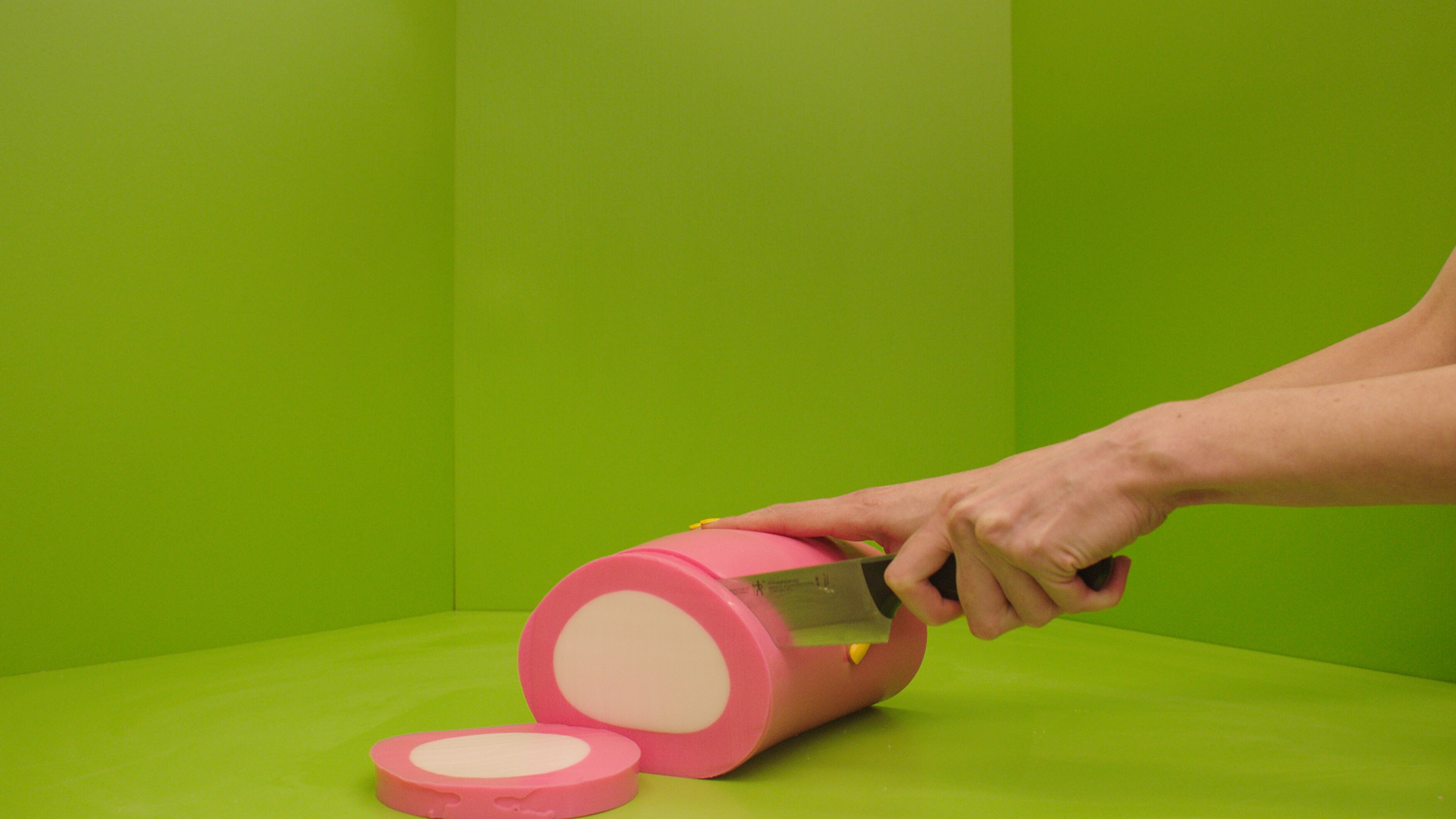 What is recycling good for, asks Mika Rottenberg at Hauser & Wirth Menorca
What is recycling good for, asks Mika Rottenberg at Hauser & Wirth MenorcaUS-based artist Mika Rottenberg rethinks the possibilities of rubbish in a colourful exhibition, spanning films, drawings and eerily anthropomorphic lamps
-
 San Francisco’s controversial monument, the Vaillancourt Fountain, could be facing demolition
San Francisco’s controversial monument, the Vaillancourt Fountain, could be facing demolitionThe brutalist fountain is conspicuously absent from renders showing a redeveloped Embarcadero Plaza and people are unhappy about it, including the structure’s 95-year-old designer
-
 See the fruits of Niki de Saint Phalle and Jean Tinguely's creative and romantic union at Hauser & Wirth Somerset
See the fruits of Niki de Saint Phalle and Jean Tinguely's creative and romantic union at Hauser & Wirth SomersetAn intimate exhibition at Hauser & Wirth Somerset explores three decades of a creative partnership